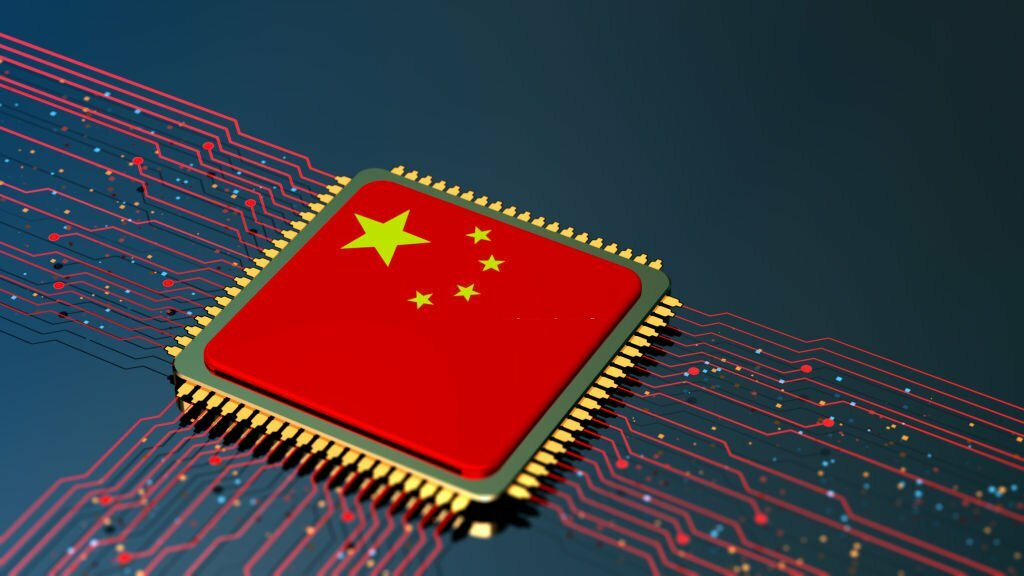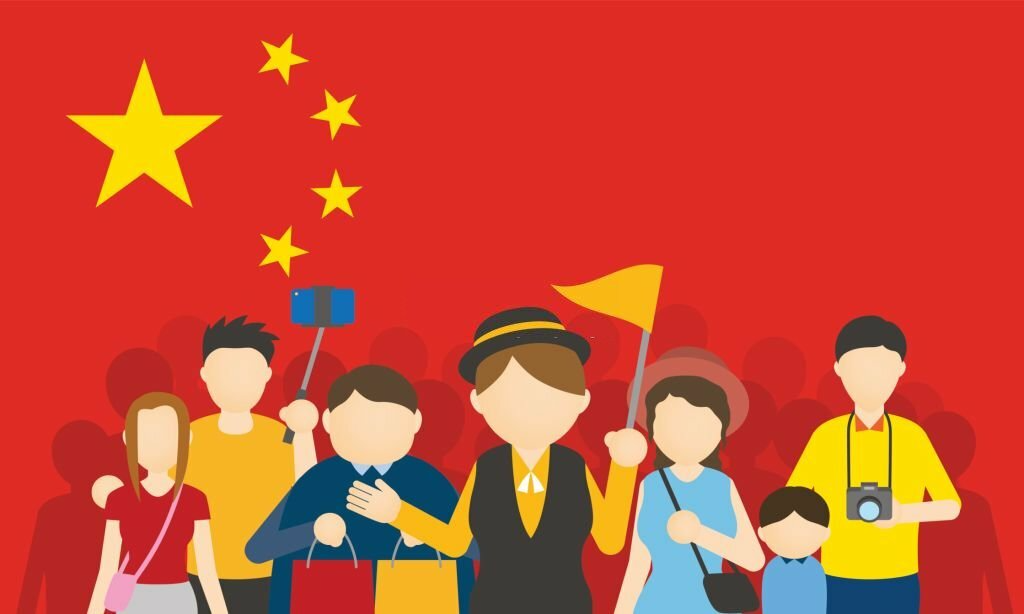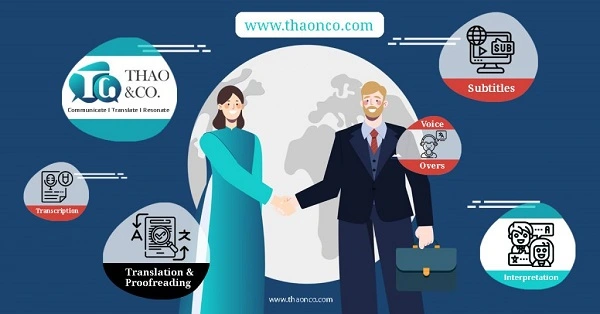Like two sides of the same coin, culture and language are intricately connected and inseparable from each other. Therefore, when it comes to Chinese translation, localization is the foremost essential factor in creating high-quality translations.
Why is localization in Chinese translation so crucial? Read on to find out the answer to this question.
The main challenges in Chinese translation arise not only from the unique culture of this nation but also from the complexity and diversity of its language.
Therefore, linguists must have a comprehensive understanding of the written characters, grammar, and dialects to produce professional and high-quality translations.
To this day, the Chinese language remains the only hieroglyph or logogram used in the world. This is a source of pride for the Chinese people, helping them preserve and develop their national language.
The Chinese language uses 6,000 characters in literary and technical works, with about 3,000 characters used regularly. These characters can be combined to create entirely new characters. With such a vast number of characters, understanding and comprehending Chinese text and documents can be challenging.
Additionally, Chinese has two writing systems that can create difficulties for translators. Depending on the nature of the text, the Chinese will use the appropriate writing system.
Given these characteristics, professional Chinese translators not only have to understand the Chinese language but also have a keen sense of when to use characters appropriately and how to write them in various cultural contexts, producing the most accurate and context-specific translations.

The Chinese grammar system has many unique features that make it different from other languages. Chinese grammar seems to be simpler than English in some aspects. It has no tenses, no distinction between singular and plural nouns, no articles, and a simple possessive form.
These unique characteristics can make translation into Chinese challenging. Because of its simple grammar, the meaning of a sentence in Chinese often depends heavily on context, making it more important in communication.
For example, the particle “了” is widely used in affirmative sentences to indicate a completed action. However, not every sentence about a past event needs to include “了.” The usage of “了” depends heavily on context and native speakers’ language habits.
If used too frequently, it may make a sentence seem unnatural as native speakers generally don’t use it in every past action description. In reality, to convey past events or completed actions, Chinese speakers frequently use “有” or time-related phrases like “昨天” (yesterday), “明天” (tomorrow), or others.
To achieve accurate Chinese translation, understanding of the context and communication culture is crucial. In addition, localization plays a key role in producing high-quality translations that are tailored to the culture of the target language.
China is a country with high context culture, which is why the Chinese language possesses a unique treasure trove of idiomatic expressions called “chengyu.” Most chengyu typically consist of four characters and convey concise, profound meanings derived from literary works, historical events, or legends.
Some chengyu in the Chinese language have direct equivalents in the target language. For example, the chengyu “百闻不如一见” (bǎi wén bùrú yī jiàn), which means better to see something once than to hear about it a thousand times, can be translated into “Seeing is believing” in English. This kind of translation process usually presents no significant difficulties.
However, out of the approximately 5,000 chengyu, many do not have direct equivalents in the target language. In such cases, the translator needs to localize the chengyu by conveying the intended meaning appropriately to preserve the essence of the original.
Languages never remain static and are always evolving. This is why various regions and geographical areas in China have different pronunciations, known as dialects. In China, dialects are classified into seven major groups Mandarin, Wu (Shanghainese), Cantonese, Min, Hokkien, Xiang, and Gan.
Dialects often communicate information based on the context that is related to the regional cultural context. Therefore, when the translator is not familiar with these factors, it can lead to inaccuracies in translation.
Additionally, choosing the proper dialect according to the target audience is an important factor in making translations more relatable to readers.
As one of the most widely used languages globally, the Chinese language continues to assert its position on the world language map. The demand for Chinese translation has accordingly become indispensable in various fields.
The entertainment industry in The Land of One Billion is becoming increasingly globalized, with a significant influence on the public. From motion pictures and music to video games, they have all taken the world by storm while being effective tools for promoting Chinese culture.
For instance, in the Chinese film industry, cultural values have always been a rich resource for filmmakers to explore and develop. Chinese cinema has often left global audiences in awe with its unique cultural elements, such as the refined art of Peking Opera in the film “Farewell My Concubine.”
This is the development path of Chinese culture that reaches international status today, focusing on “using the past to serve the present, eliminating what is no longer relevant, and preserving the essentials.”
China’s nationwide global promotion campaign known as “Tell China’s Story” is being carried out in various fields, including entertainment. Therefore, for the Chinese entertainment industry to reach more target audiences, translating marketing materials, films, and videos plays a crucial role in connecting the entertainment industry of China with the global audience.
China, with its ambition to become the world’s manufacturing superpower, has made remarkable strides in this field. The “Made in China 2025” initiative has transformed the landscape of the multi-billion-dollar industrial sector, as China boasts the most advanced manufacturing facilities in the world.
The advantages of being the “workshop of the world” in industrial production are substantial on the international stage. Manufacturing companies in China have emerged as leaders in the export market share in technological and labor-intensive industries.
This is evident as most manufacturing industries in Asia are concentrated in China, and the country continues to maintain its position as the economic hub of the region.
Therefore, translating technical documents, and industrial manufacturing manuals is essential to introduce “Made in China” products to the rest of the world.

According to a report by the Australian Strategic Policy Institute (ASPI), China is leading in the global race for future global dominance. This is the inevitable result of China becoming a “superpower” in leading technologies such as defense, space, artificial intelligence, and quantum technologies.
Currently, “Made in China” electronic devices have made their way to many countries around the world. Prominent electronic companies like Xiaomi, Huawei, Oppo, and Lenovo have rapidly gained the largest market share with high-quality products, advanced technology integration, and competitive pricing.
When technology is transferred, specialized technical and engineering documents need to be translated to ensure the utmost accuracy. Therefore, the field of technology has a high demand for Chinese translation.
China is among the top destinations for tourists visiting Asia. Over the years, the beauty of the East, found in famous Chinese landmarks such as the Forbidden City, the 13 Ming Tombs, and the Fenghuang (Phoenix) Ancient Town, has captivated travelers from all around the world. International tourist arrivals in China peaked in 2019 at an impressive 145.3 million.
To attract such an impressive number of international tourists, China consistently focuses on promoting its image through innovative and creative campaigns.
Recently, cultural and tourism authorities in various Chinese provinces, such as Sichuan, Heilongjiang, Xinjiang, and Suizhou, have launched a series of short videos to promote their unique tourism resources. These tourism promotion videos have quickly gone viral on social media, with hundreds of millions of views.
For example, the Sichuan Provincial Department of Culture alone produced more than 110 videos in 2022 with the theme “Cultural tourism directors introducing local cultural and tourism resources” and these videos received more than 350 million views across social media platforms (according to the “Sichuan Observer” newspaper).
Therefore, tourism promotion is always evolving to keep up with market trends. As a result, Chinese language translation in the field of tourism not only requires translators to have a deep understanding of Chinese culture to deliver effective advertising messages but also demands creativity and innovation to align with market preferences.

The rate of a Chinese translation project involves various factors, and therefore, it is not fixed but depends on the project and the translation agency. Some typical factors that influence the rate of Chinese translation include:
The cost of Chinese language translation depends on the specific project and the translation agency. For an accurate price estimate, it is advisable to discuss project details and complementary services with the translation agency to ensure the highest quality of translation while avoiding unnecessary hidden fees.
Before commencing a translation project, Thao & Co., as a professional translation agency, always conducts an in-depth project assessment to provide a detailed quote. Hence, you can rest assured of the quality and pricing of translation services at Thao & Co.

Chinese language translation plays a critical role in the market expansion strategies of many businesses. As such, choosing a professional and credible Chinese language translation agency is of utmost importance.
A high-quality Chinese language translation agency is one that meets stringent criteria in terms of translator quality, translation processes, translation technology, and experience in handling similar projects. So, where can you find such a quality-focused Chinese language translation agency?
At Thao & Co., a professional translation agency, we commit to delivering high-quality translations performed by experienced native linguists using a systematic approach and cutting-edge translation technology.
Our translation services are executed under strict confidentiality policies to safeguard the rights of our clients, learn more:
To experience high-quality Chinese language translation services from Thao & Co., you can access our Get a Quote page or visit Thaonco.com for more detailed information!